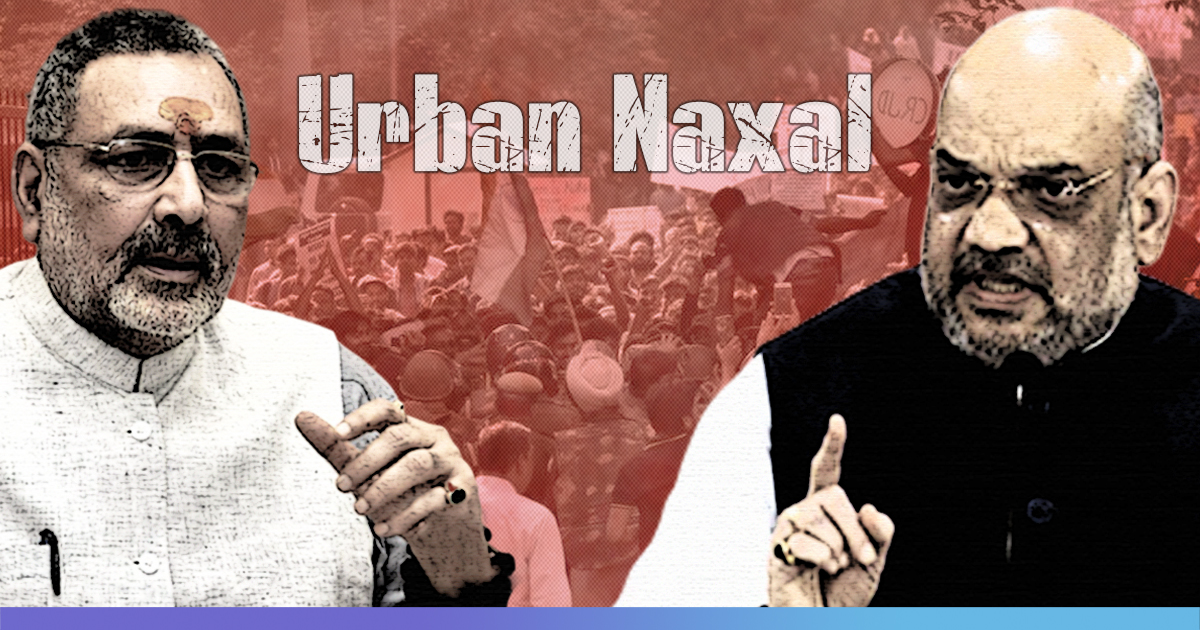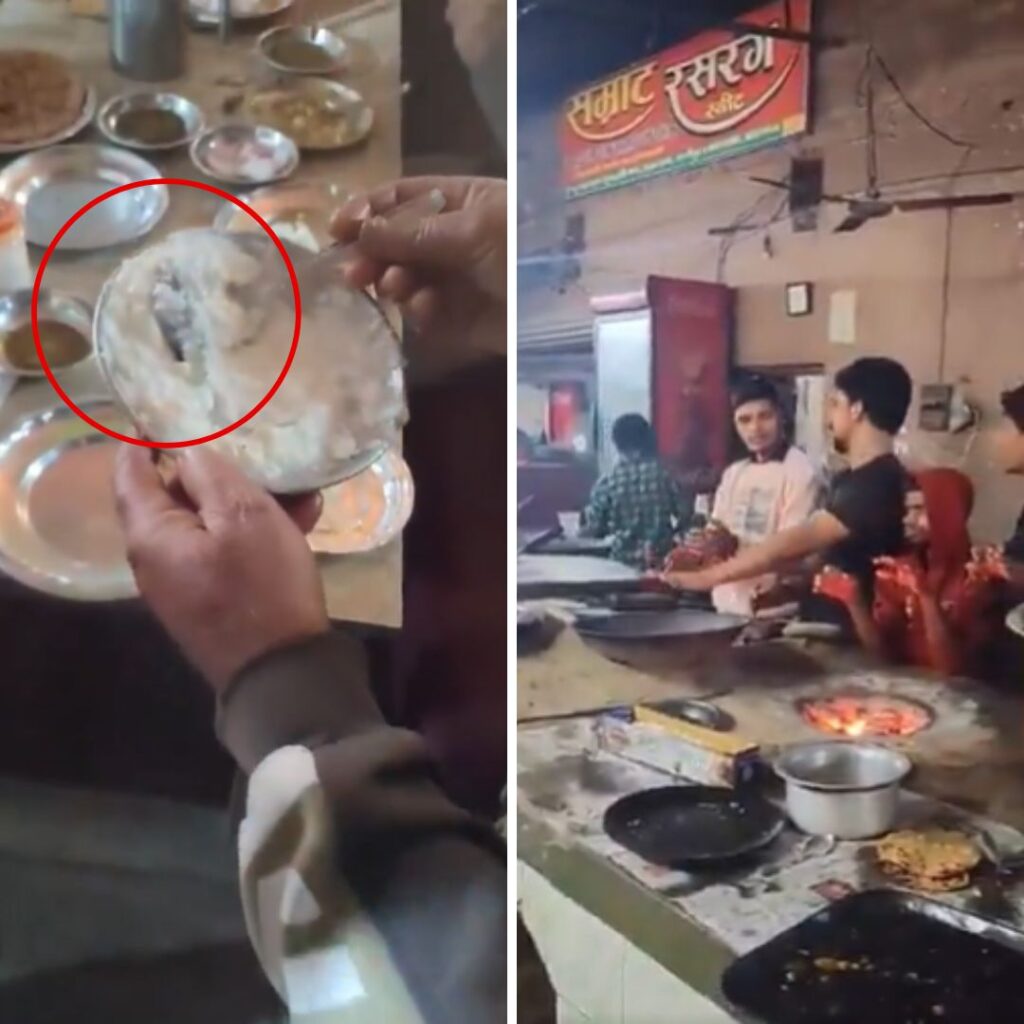The debate on Urban Naxals resurfaced when Union Home Minister Amit Shah implied on cracking down on the Urban Naxals and their patrons by deploying Central Reserve Police Force against them.
Union Minister Shah told the Central Reserve Police Force’s senior officers that “action needs to be taken against urban Naxals and their facilitators”, on November 16, Saturday.
His remarks came moments after visiting the paramilitary force’s headquarters in New Delhi, where Director General RR Bhatnagar gave him a detailed presentation on curbing the menace of Urban Naxalism.
After Shah’s visit, the armed police force, in a press release, said that Amit Shah also discussed the security situation in states where Maoists are present, measures for improving the infrastructure of army base camps and steps being taken to guard against improvised explosive devices.
“The home minister directed the CRPF to carry out an effective and decisive campaign against Left-Wing Extremism in the next six months,” read the press release.
Speaking to The Logical Indian CPI(M) leader Sitaram Yechury said, “there is nothing new, they have always been targeting people who resist their ideology. Anybody who is in defence with the government is branded as urban Naxal or urban Maoist and are rounded up.”
According to Yechury, the tactic of branding intellectuals and liberals as ‘urban Naxalites’ is adopted by the government to stifle dissenting voices in India. He believes that the government intends on painting everyone as either anti-nationals or urban Naxals who discredit the government’s hardline ideology.
“This seems like an assault on people’s democratic rights. Their only motive is to curb dissent,” the CPI(M) leader added.
Tracing Origin Of ‘Urban Naxals’
The narrative of ‘Urban Naxalism’ finds its root in 2004 Communist Party of India (Maoists) document titled ‘Urban Perspective’ that reportedly focused on strategizing plans and actions to plant the base of Maoist movement in urban areas.
While the document was banned by the administration, the takeaway of the widely controversial script was the popular lexicon – ‘Urban Naxalism’.
Since then, the term has been tweaked and misinterpreted many a time by the politicians and leaders to serve their political interests. While there is no substantial proof that Urban Naxalism exists, the government, on many occasions, used this in concurrence with the anti-nationalism to denounce dissenters.
Is JNU Centre Of Urban Naxalism?
After Shah, Giriraj Singh took the stage to brand Jawaharlal Nehru University as a centre of urban Naxalites. The statement came after the college revolted vehemently against the fee hike last week.
Their only demand being – a complete rollback of the recent changes made in the fee structure that would make quality education inaccessible. The protest took a rather bloody turn where students were rounded up by the police force.
Singh painted the distressed students as Urban Naxalites and said that they want to turn the varsity into a centre for ‘Urban Naxalites’. He dubbed them as ‘Tukde Tukde Gang’.
Upon asking Umar Khalid about his views on Singh’s statement, he told The Logical Indian, “Giriraj has a history of making statements that incite people. It is just another remark to discredit and defame JNU. People like Giriraj Singh wants this country to become a country of stupid people that is why they have a problem with intelligent people and intelligence in general and that’s why they have a problem with JNU.”
Khalid posed rhetoric to Singh’s comment on JNU, “Is demanding the right to education a part of Naxal conspiracy? Something that is guaranteed to us by the Constitution of India.”
How ‘Urban Naxal’ Became Buzz Word
The term urban Naxalism gained momentum after Bhima Koregaon violence erupted in Maharashtra in 2017 where 10 people ‘urban Naxals’ were accused of mobilizing mob and inciting public sentiments that led to the outbreak of massive protests across nation and killing of a young Dalit boy.
A further impetus to the term came from filmmaker Vivek Agnihotri who authored, ‘Urban Naxals’ and used the word to describe a group of metropolitan intellectuals, influencers, and activists who are invisible enemies of the state and spread insurgency.
Agnihotri, however, failed to define insurgency and who should be deemed as an enemy of the state; or whether challenging the government tantamounts to challenging the constitution of India.
While the term is still loosely interpreted, with a vague description of who is an Urban Naxal, the Centre seems to be adamant to bring a crack-down on the Urban Naxalites and anti-nationals.
The rampant use of the term and the centre sponsored crackdown means that dissenters and intellectuals are bound to feel the heat going forward. This won’t be the first time that those who disagree with the government will face the barrage of such remarks.
In September 2019 when 50 Bollywood celebrities wrote an open letter to the Prime Minister on growing mob lynching incidents in the country, they became a target of the nationalists. Branded as ‘urban Naxals’, this group of intellectuals became the fodder of the right-wing.
While 50 intellectuals got away with it, the dissenting voices next time will be silenced by the CRPF troops chasing after them.
Also Read: Fact Check: Are JNU Students Only Protesting Against Hike Of Rs 300 On Hostel Fee From Rs 10?











